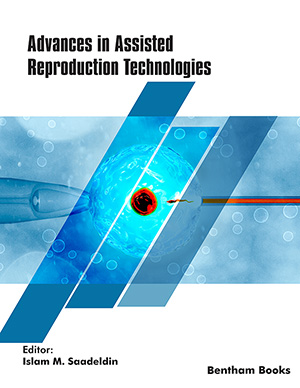Abstract
Against all expectations, the presence of a carefully selected normal
spermatozoon does not guarantee oocyte activation/fertilization. In contrast, some ICSI
cycles will have to face no or low fertilization in several consecutive cycles. Both
sperm- and oocyte-derived problems may account for such a dilemma. In case of
physiological activation problems, any artificial increase in ooplasmic calcium could
rescue the fertilization process. Such approaches are summarized under the term
artificial oocyte activation (AOA). AOA can be achieved by modified ICSI techniques,
piezoelectrical manipulation, or chemical stimuli. Amongst these approaches, the latter
is the currently most accepted one in IVF laboratories around the world and particularly
the Ca2+-ionophores ionomycin and calcimycin are the most extensively studied agents.
Recently, a ready-to-use ionophore (A23187) has been introduced which is CE-marked
and as such will assist in the standardization of AOA techniques. There is growing
evidence that for proper indications usage of AOA can be considered quite safe. This
conclusion is based on studies on morphokinetics, chromosome segregation, and gene
expression. More importantly, available neonatal and neurodevelopmental data are
reassuring. However, since artificial oocyte activation rarely results in physiological
Ca2+ oscillations and is not beneficial for all patients with a suspected activation
deficiency these techniques should not be used without profound indication.
Keywords: Activation failure, Calcimycin, Fertilization failure, ICSI, Ionomycin, Ionophore.






















